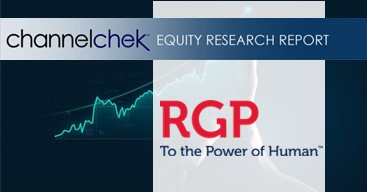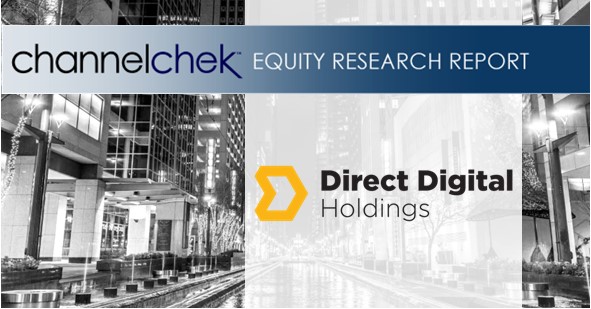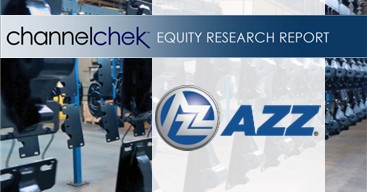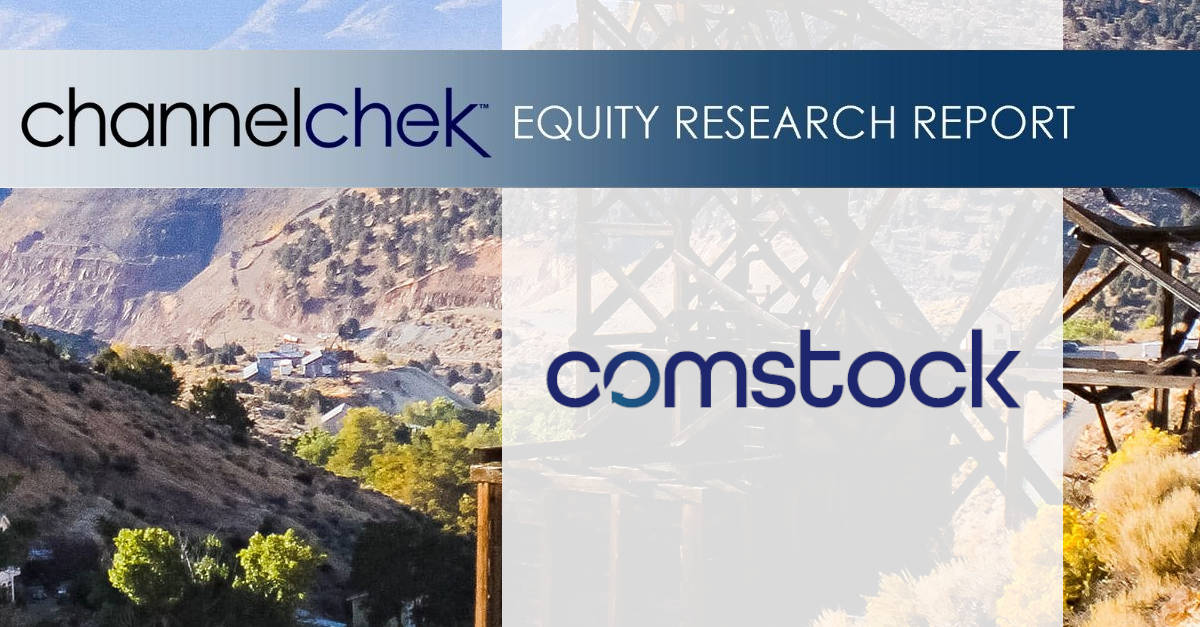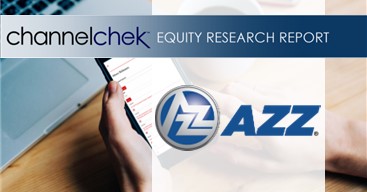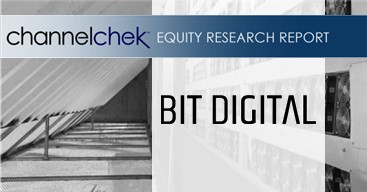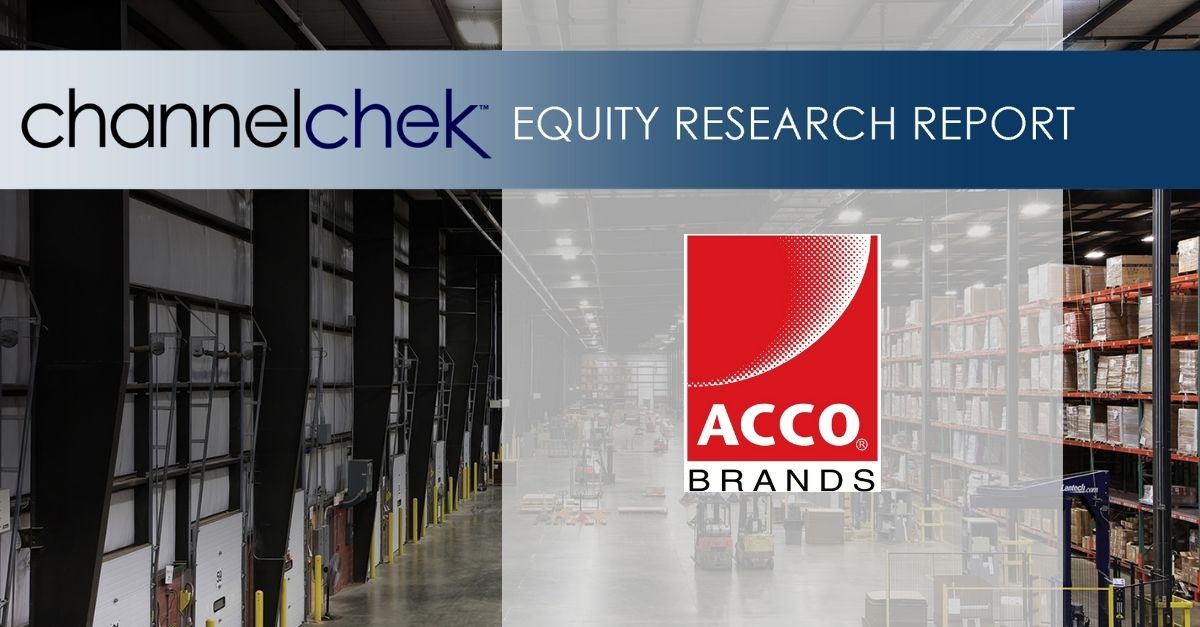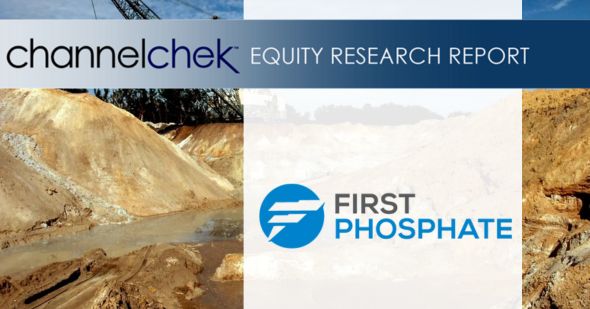The final U.S. jobs report of 2025 delivered a sobering message: the labor market has slowed to a crawl. With just 50,000 jobs added in December, the year closed with the weakest pace of hiring outside of a recession in more than two decades. For investors—particularly those focused on small-cap stocks—this shift carries important implications as the economy enters 2026.
Total payroll growth for 2025 reached only 584,000 jobs, a dramatic fall from the roughly 2 million jobs added in 2024. Monthly gains averaged fewer than 50,000 positions, a level economists say is consistent with stagnation rather than expansion. While the unemployment rate dipped modestly to 4.4%, the decline was driven more by a shrinking labor force than by robust hiring.
Digging deeper, the data reveals a fragile employment landscape. Job creation was heavily concentrated in healthcare and social assistance, which together accounted for the majority of gains. Outside of those sectors, many industries experienced flat or negative hiring trends. Economists warn that future data revisions could show that overall employment actually contracted during parts of the year.
This environment has produced what many describe as a “no-hire, no-fire” economy. Companies are reluctant to lay off workers, but equally hesitant to expand payrolls amid higher borrowing costs, slower consumer demand, and lingering uncertainty around policy and global growth. For workers, this has translated into longer job searches and declining confidence. The share of unemployed individuals out of work for more than six months has risen sharply, signaling deeper structural weakness.
For investors, especially in the small-cap space, these conditions cut both ways. Slower job growth tends to pressure consumer spending, which can weigh on revenue for domestically focused companies. At the same time, a cooling labor market strengthens the case for interest rate relief later in 2026. If the Federal Reserve responds to weakening employment trends with rate cuts, smaller companies—often more sensitive to financing costs—could benefit disproportionately.
There are also early signs that the slowdown may be stabilizing. Layoff announcements declined in December, and private payroll data suggests hiring may be finding a floor. Some economists believe the worst of the labor market deceleration could already be behind us, setting the stage for a gradual recovery rather than a sharp downturn.
For small-cap investors, selectivity will be key. Businesses with strong balance sheets, pricing power, and exposure to resilient sectors may outperform if growth remains muted. Meanwhile, any meaningful improvement in hiring or labor participation could act as a catalyst for a broader re-rating across the small-cap universe.
As 2026 unfolds, the jobs market will remain a critical signal to watch. Whether this slowdown proves to be a pause—or a warning—will shape market sentiment, monetary policy, and investment opportunity in the months ahead.

